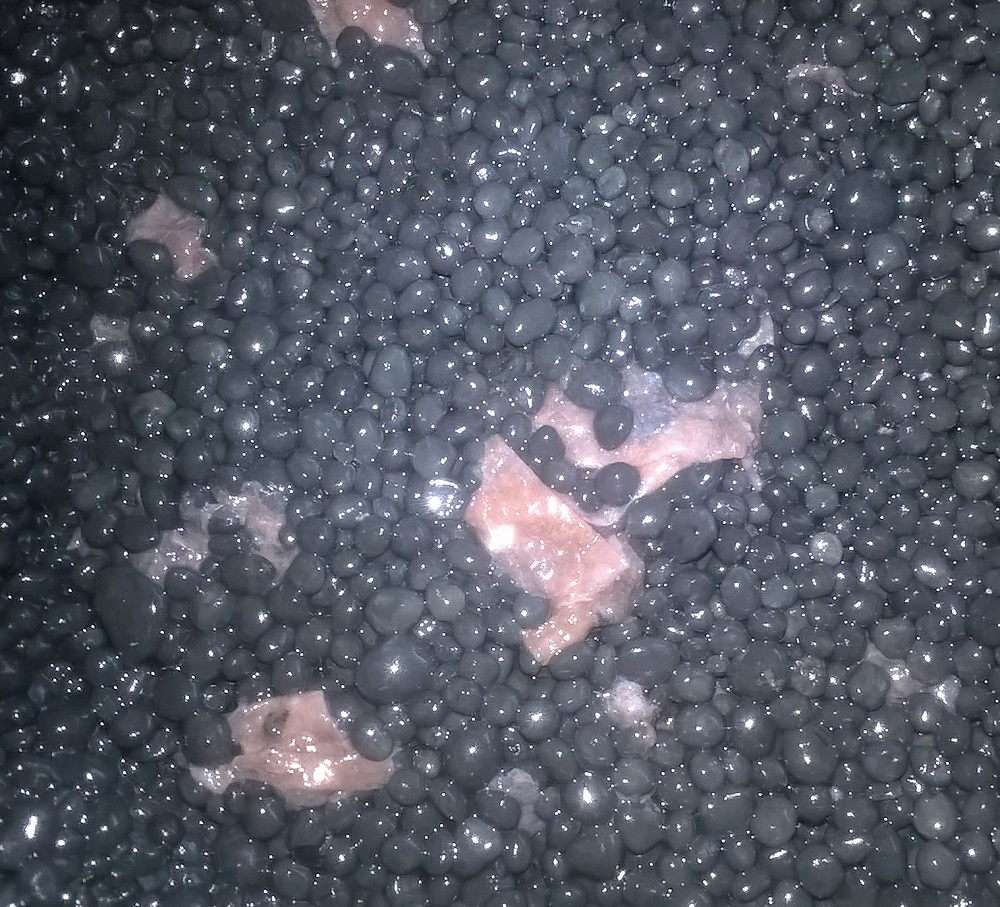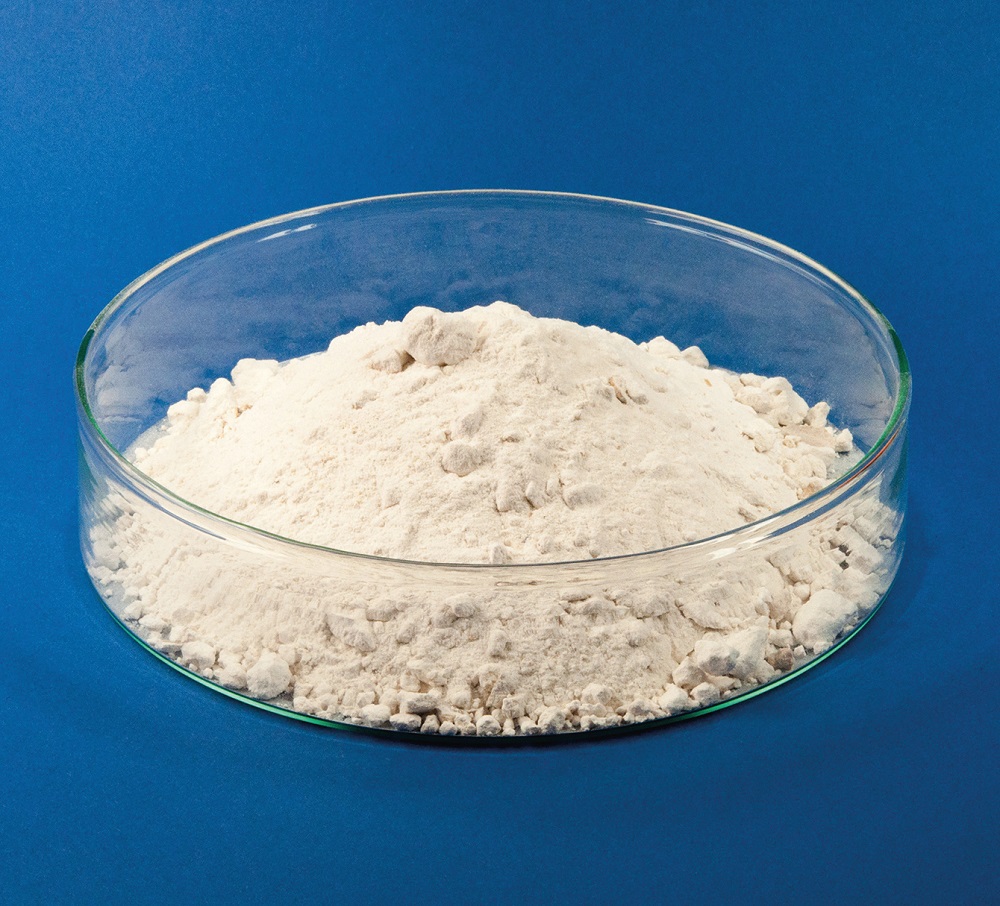

Sachsenmilch Leppersdorf GmbH, one of the biggest and most innovative dairy companies in Germany, uses residues from whey utilization (molasses) in an established process for the production of bioethanol. After alcoholic fermentation and distillation, a valuable residue known as wet distiller grain, characterized by a high content of organic ingredients, such as organic acids, and very high concentrations of mono- and divalent salts, remains. Up to now, this residual material has been evaporated in an energy-intensive process and disposed of in a cost-intensive manner due to the lack of utilization routes.
Efforts were made to develop a process solution for the comprehensive material and energetic utilization of this residue and to produce water of drinking water quality for use as a fresh water equivalent in production processes. After two years of development work, a closed process chain for the complete recycling of this residual material was successfully developed and operation on a pilot scale was demonstrated.
The wet distiller grain was processed in several successive process steps. First, the organic components were converted to energy-rich biogas by anaerobic fermentation. For this purpose, a high-performance fermentation reactor following the expanded granular sludge bed (EGSB) principle was operated and all process engineering aspects were optimized. In extensive continuous fermentation experiments, an extremely stable, high COD (chemical oxygen demand) degradation rate of over 95 % and high methane contents of more than 62 % in the produced biogas were found. In the subsequent process stage, the inorganic nutrients ammonium (NH4+) and phosphate (PO43-) released by degradation of the organic matter were removed by selective addition of various reaction chemicals, mainly magnesium salts in the form of struvite (magnesium ammonium phosphate). Most of the NH4+ and PO43- could be removed and converted to a slow- release fertilizer with good availability. After wet-chemical precipitation, a clear phase was produced by means of nanofiltration (NF) for the remaining processing steps. Robust ceramic NF membranes with a cut-off of 450 g/mol were used to ensure a high retention of particulate matter, macromolecules, and in some cases higher-valent salts (hardening agents). After a subsequent oxidation step and the elimination of monovalent salts by means of reverse osmosis, water meeting the high quality requirements of the German Drinking Water Ordinance (TrinkwV) was obtained.
Sachsenmilch Leppersdorf GmbH plans to integrate the developed process chain for wet distiller grain treatment into the running production process. Transfer of this innovative process approach to other industries is possible.
